Master of plaster: Elisabeth Frink remembered at Hauser & Wirth Somerset
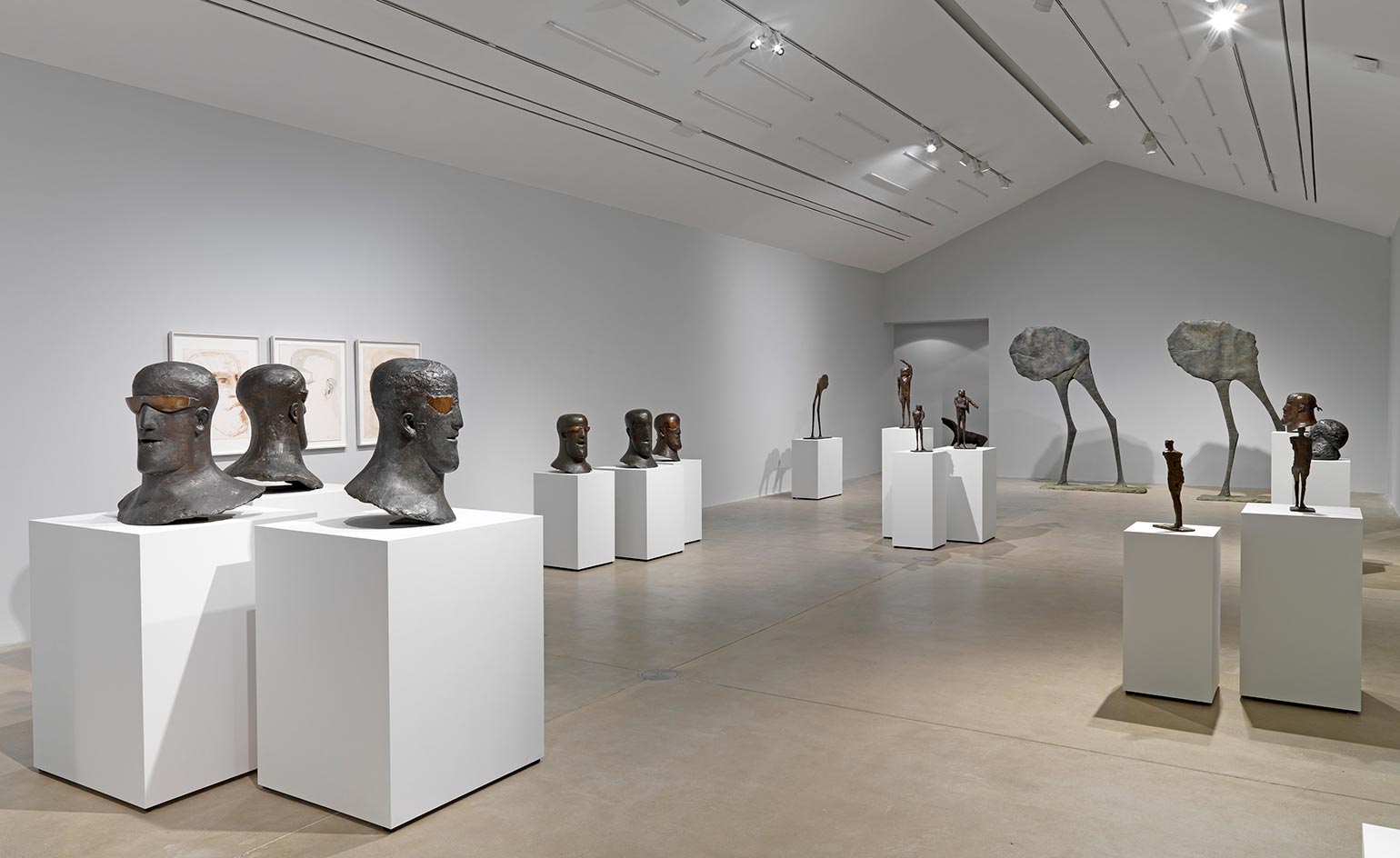
A 13-year-old Elisabeth Frink was walking along the coast in Exmouth with school friends, when machine-gunned German warplanes descended, dropping bombs above her head. Torn so violently from childhood, the traumatic encounter left an ineradicable impression on Frink.
The memory of personal and collective trauma – the Second World War, the hydrogen bomb – would preoccupy Frink in her work as a sculptor over 40 years, in more than 400 sculptures she produced (she only had an assistant once, to complete her last and largest work, The Welcoming Christ at Liverpool Cathedral). She is perhaps, Britain’s most successful underrated artist, but now, her work is beginning to receive the recognition and study it deserves.
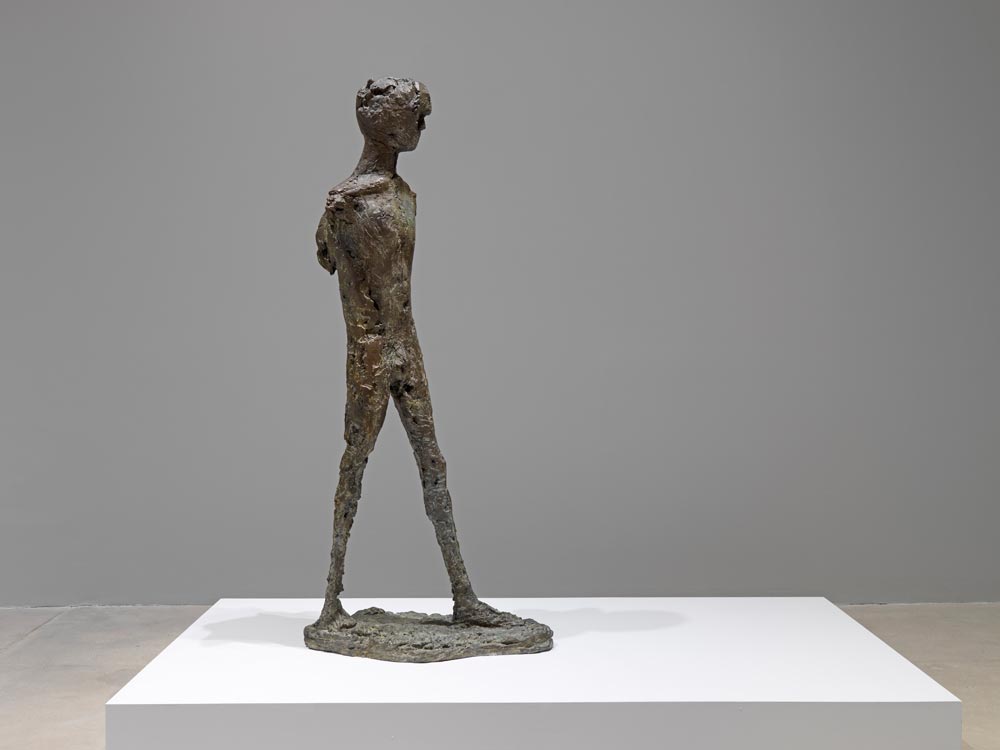
Installation view of 'Elisabeth Frink: Transformation'.
'Perhaps it’s difficult to talk about the things humans are capable of, but if you mix man with beast, you can start to address some of those thoughts in a more compelling way,' says Annette Ratuszniak, curator of the Frink Estate, who worked closely with Hauser & Wirth Somerset's Senior Director, Alice Workman to put together the first major exhibition of the artist’s work in the UK, at Hauser & Wirth Somerset, close to Frink’s Dorset home and studio where she worked up until her death in 1993.
Focused on the early period of her work – sculptures and sketches from the 1950s and 1960s – the exhibition touches on the cathartic nature of the process of sculpting, and brings together some of Frink’s motifs: birds and bird-like figures, eyes and heads. Imposing, dark and heavy looking, it’s hard to imagine that these works were produced at the time the world went pop.

Elisabeth Frink and 'Tribute Heads' in her Southwark studio, 1975
Yet Frink wasn’t really an 'age of anxiety' artist. Her son, Lin Jammet, who also collaborated on the exhibition, remembers his mother as a 'natural socialite', a joyful person who frequented Finch’s, a popular drinking hole for artists on the Fulham Road in the 1960s, 'a proper pub with sawdust on the floor, the sweet aroma of ale and tobacco bellowing out every time someone entered or came out.'
Through sculpture, Frink imagined all forms – human and animal – as malleable, bringing about transformations through plaster. In reshaping the world in her studio, she also saw the vulnerability of the human form – relevant in our tumultuous times, just as much as it was in Frink’s own.
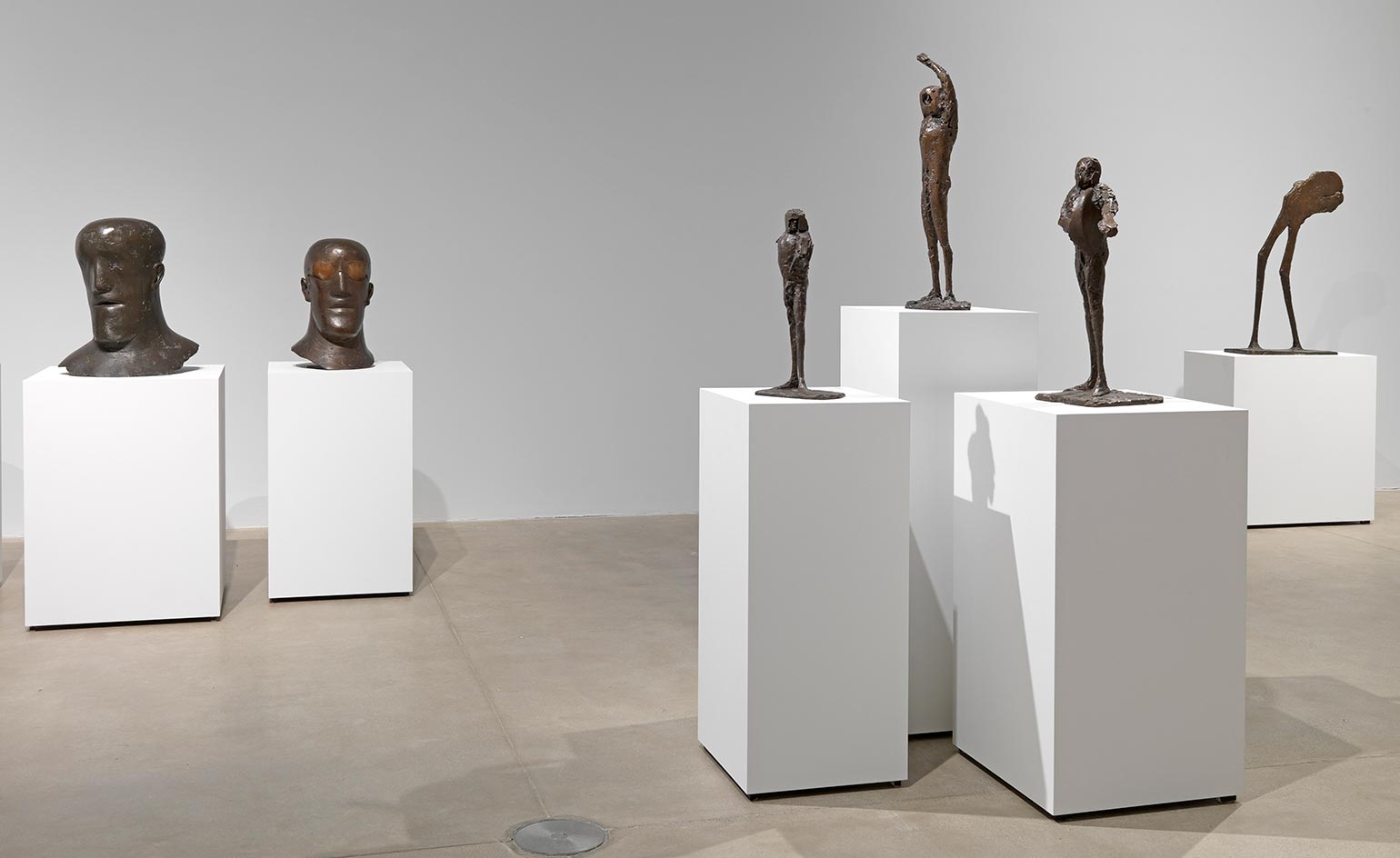
Frink created 400 sculptures in her 40 year career
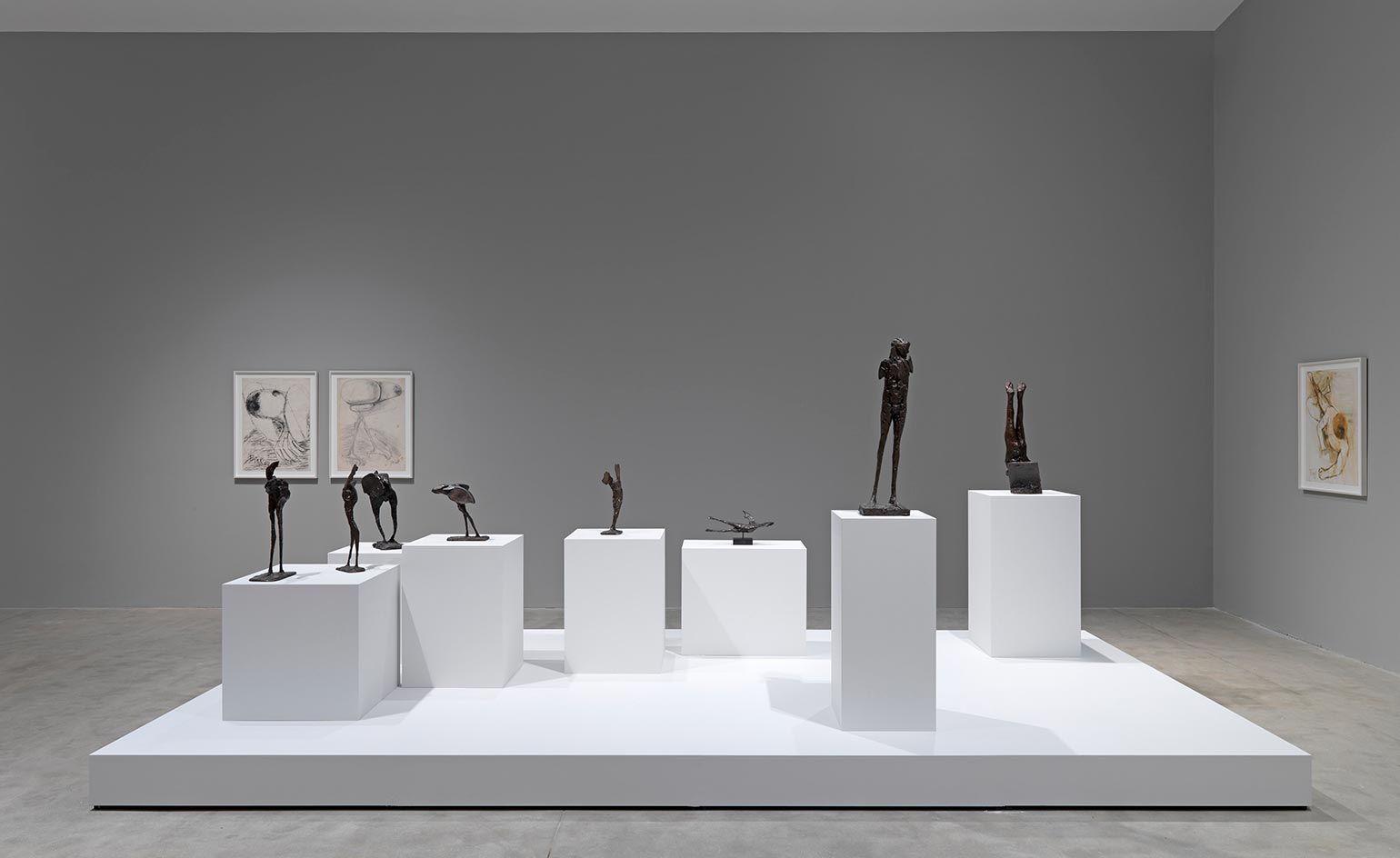
Man meets beast in her visceral works
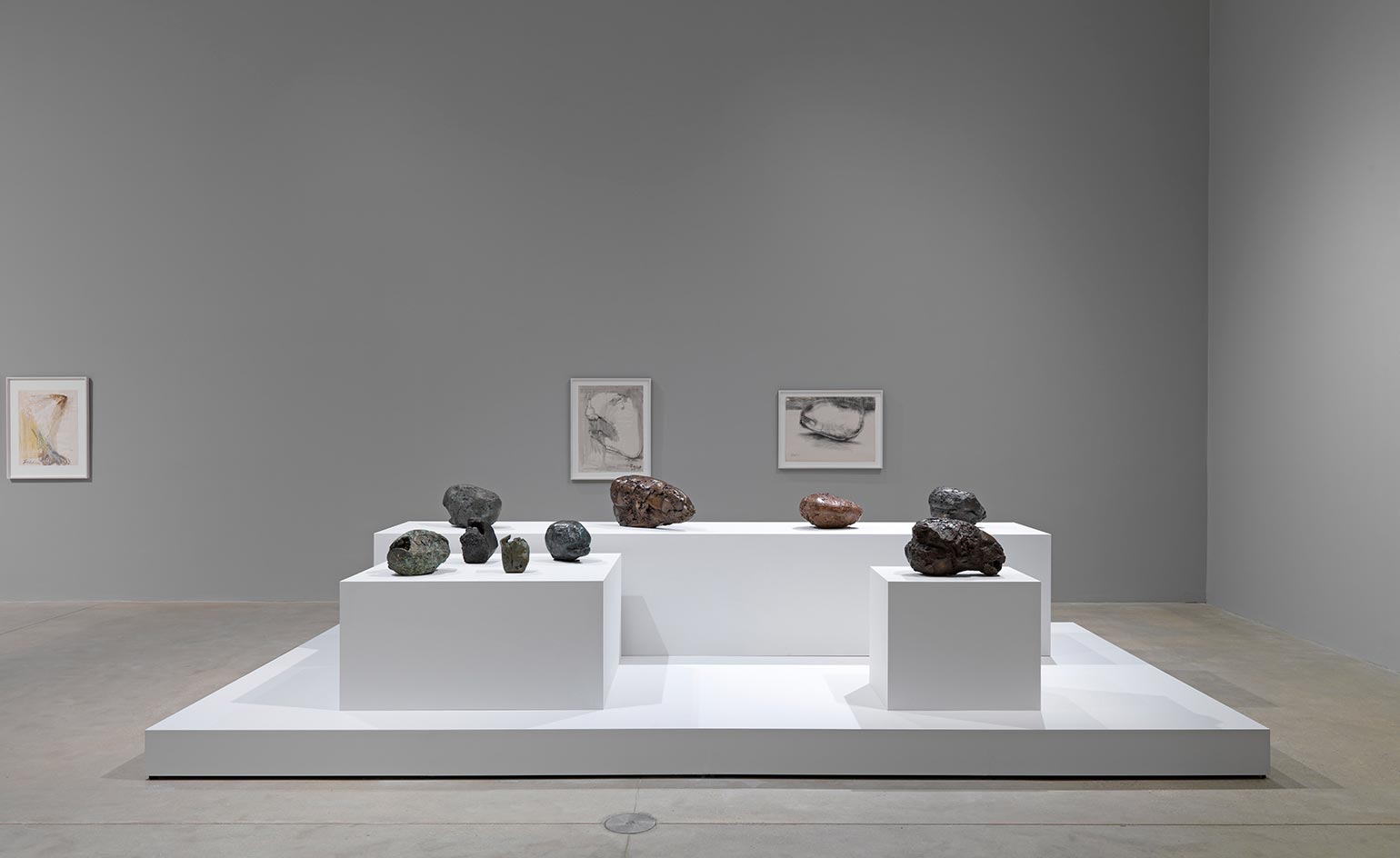
Frink imagined all forms as malleable, bringing about transformations through plaster
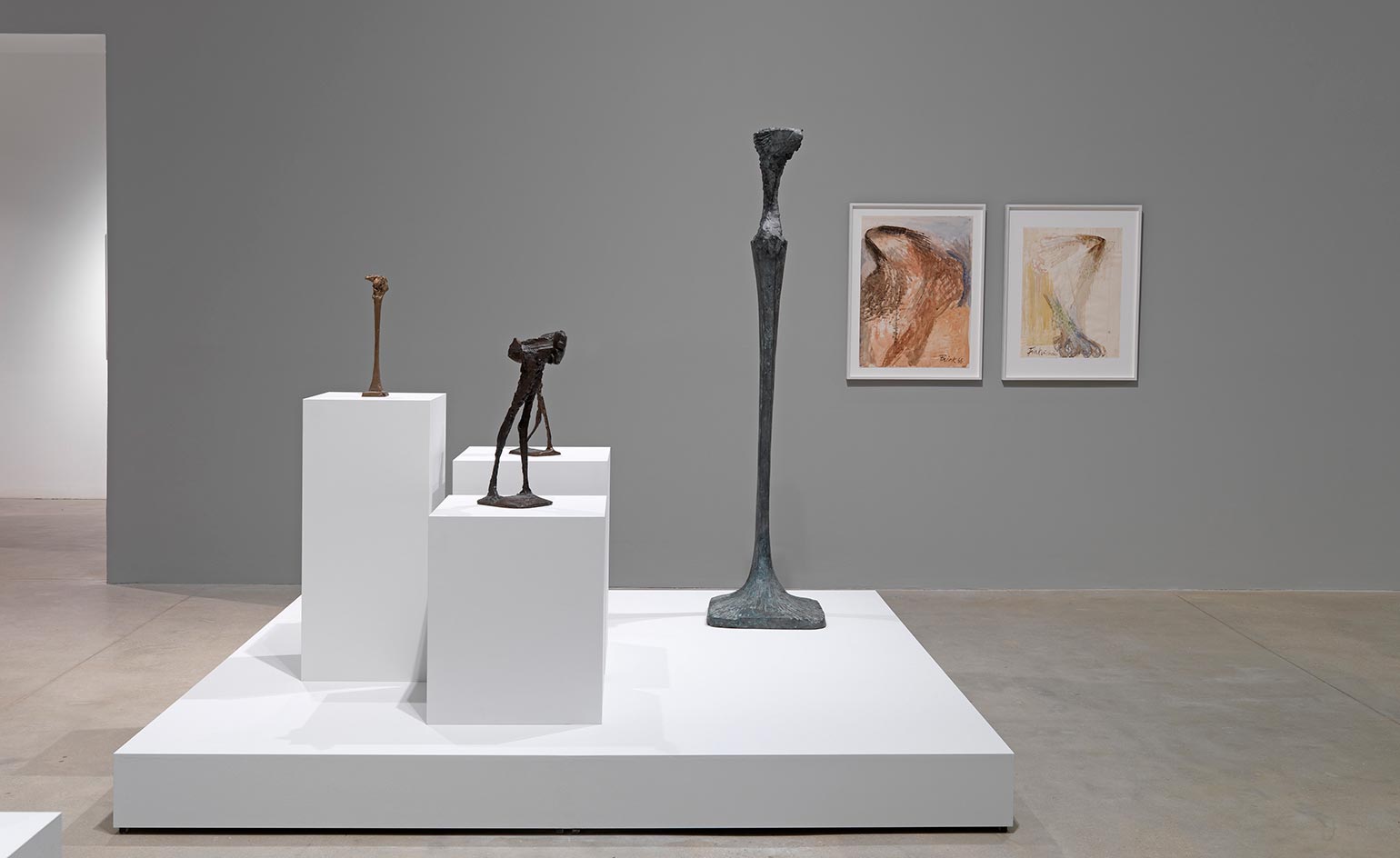
The exhibition also features early sketches from the 1950s and 1960s
INFORMATION
’Transformation’ is on view until 7 May. For more information, visit the Hauser & Wirth website
ADDRESS
Hauser & Wirth Somerset
Durslade Farm
Dropping Lane
Bruton
Somerset BA10 0NL
Wallpaper* Newsletter
Receive our daily digest of inspiration, escapism and design stories from around the world direct to your inbox.
Charlotte Jansen is a journalist and the author of two books on photography, Girl on Girl (2017) and Photography Now (2021). She is commissioning editor at Elephant magazine and has written on contemporary art and culture for The Guardian, the Financial Times, ELLE, the British Journal of Photography, Frieze and Artsy. Jansen is also presenter of Dior Talks podcast series, The Female Gaze.
-
 Put these emerging artists on your radar
Put these emerging artists on your radarThis crop of six new talents is poised to shake up the art world. Get to know them now
By Tianna Williams
-
 Dining at Pyrá feels like a Mediterranean kiss on both cheeks
Dining at Pyrá feels like a Mediterranean kiss on both cheeksDesigned by House of Dré, this Lonsdale Road addition dishes up an enticing fusion of Greek and Spanish cooking
By Sofia de la Cruz
-
 Creased, crumpled: S/S 2025 menswear is about clothes that have ‘lived a life’
Creased, crumpled: S/S 2025 menswear is about clothes that have ‘lived a life’The S/S 2025 menswear collections see designers embrace the creased and the crumpled, conjuring a mood of laidback languor that ran through the season – captured here by photographer Steve Harnacke and stylist Nicola Neri for Wallpaper*
By Jack Moss
-
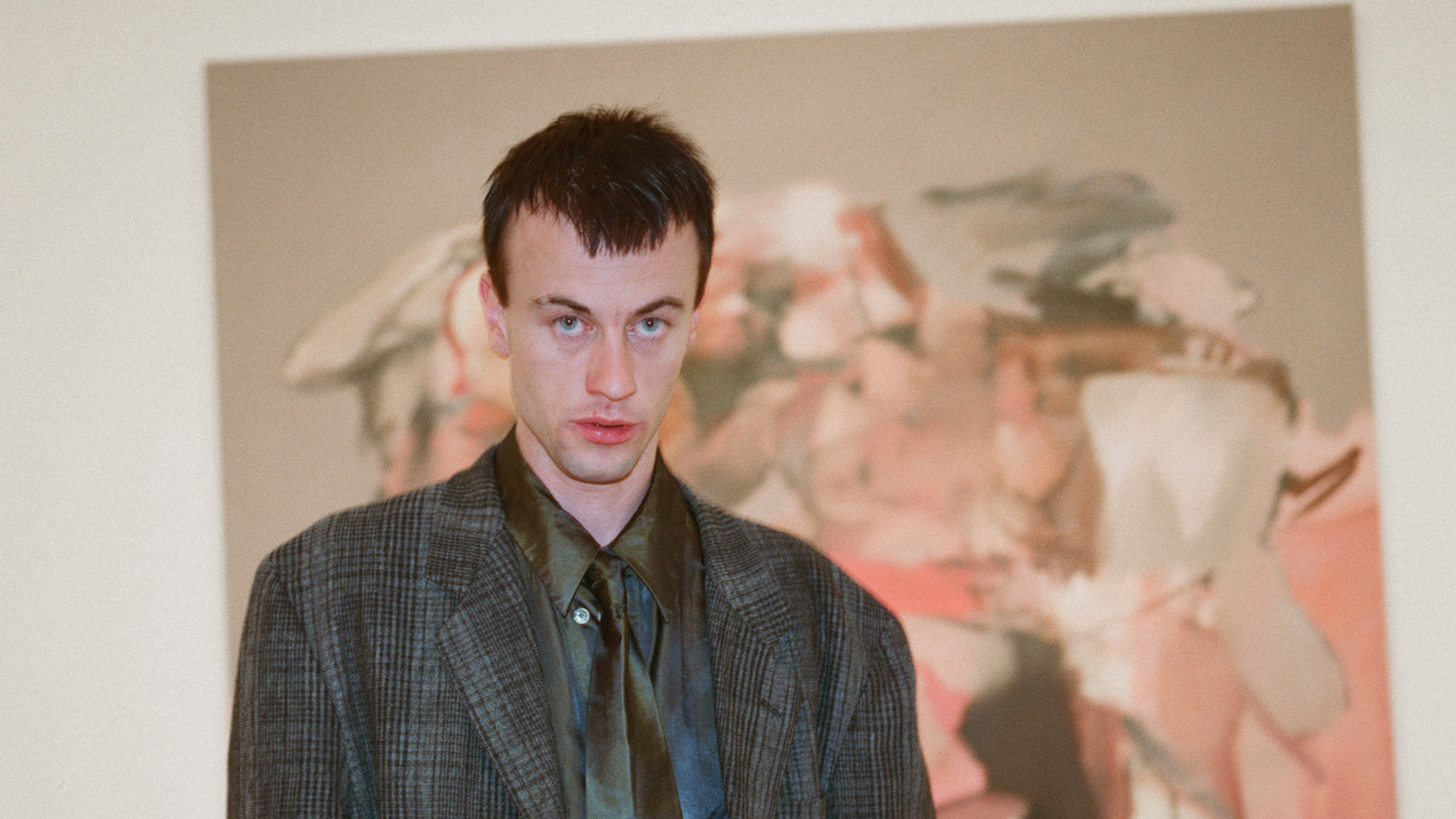 Inside the distorted world of artist George Rouy
Inside the distorted world of artist George RouyFrequently drawing comparisons with Francis Bacon, painter George Rouy is gaining peer points for his use of classic techniques to distort the human form
By Hannah Silver
-
 Inside Jack Whitten’s contribution to American contemporary art
Inside Jack Whitten’s contribution to American contemporary artAs Jack Whitten exhibition ‘Speedchaser’ opens at Hauser & Wirth, London, and before a major retrospective at MoMA opens next year, we explore the American artist's impact
By Finn Blythe
-
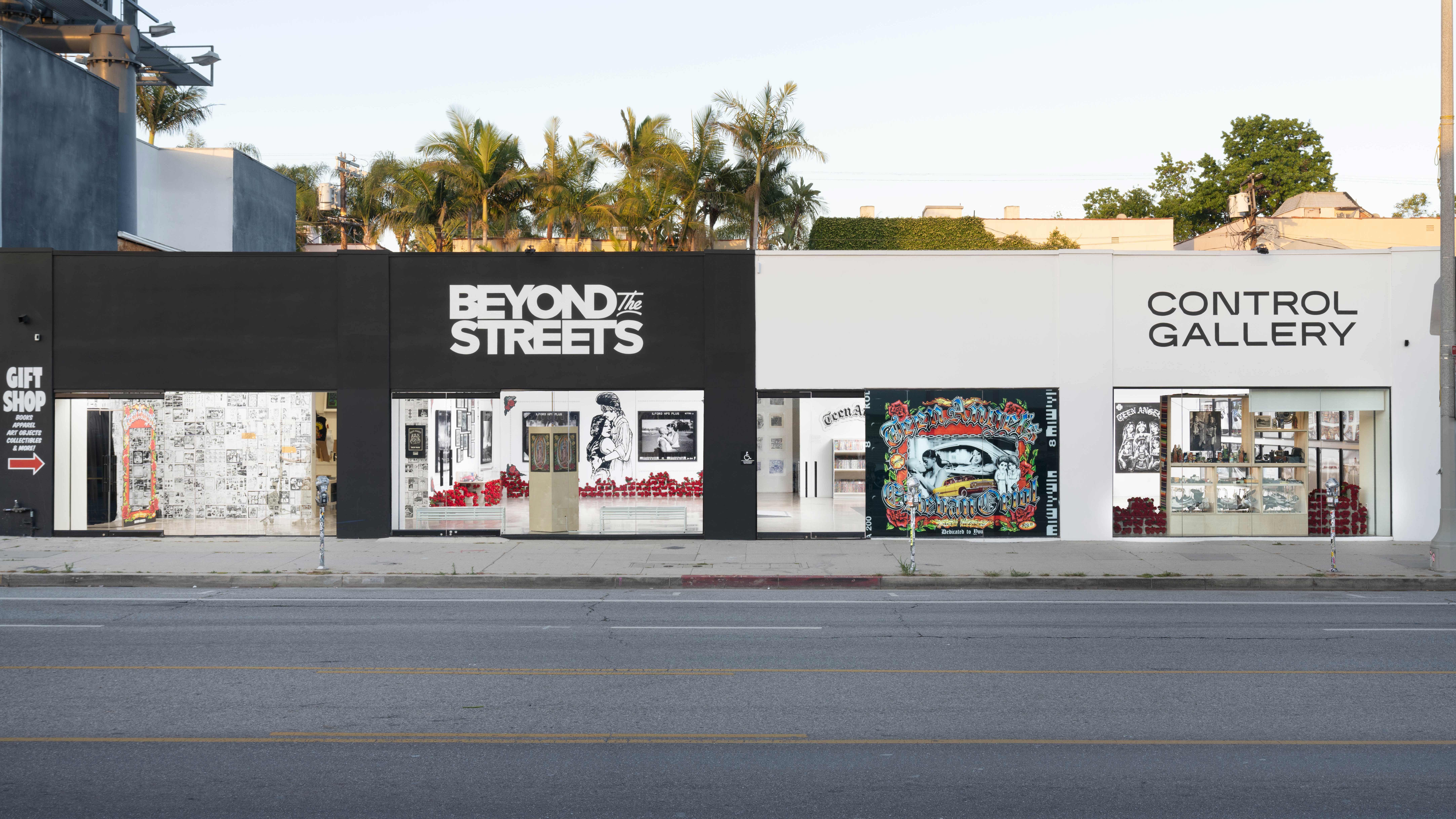 The lesser-known Los Angeles galleries contributing to a vibrant art scene
The lesser-known Los Angeles galleries contributing to a vibrant art sceneOutside of LACMA, MOCA and The Broad, these independent LA galleries are major players in the art world
By Kevin EG Perry
-
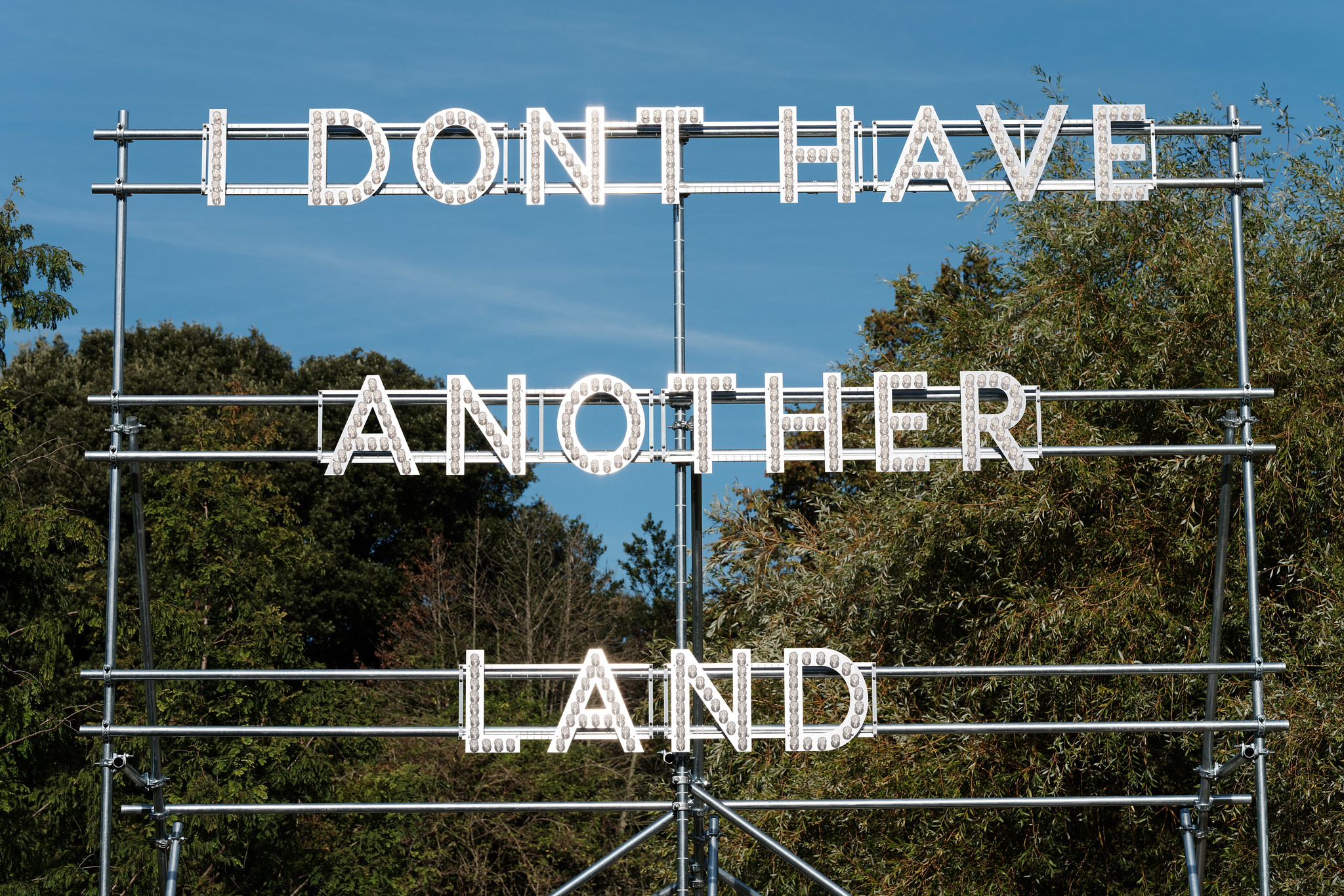 Frieze Sculpture takes over Regent’s Park
Frieze Sculpture takes over Regent’s ParkTwenty-two international artists turn the English gardens into a dream-like landscape and remind us of our inextricable connection to the natural world
By Smilian Cibic
-
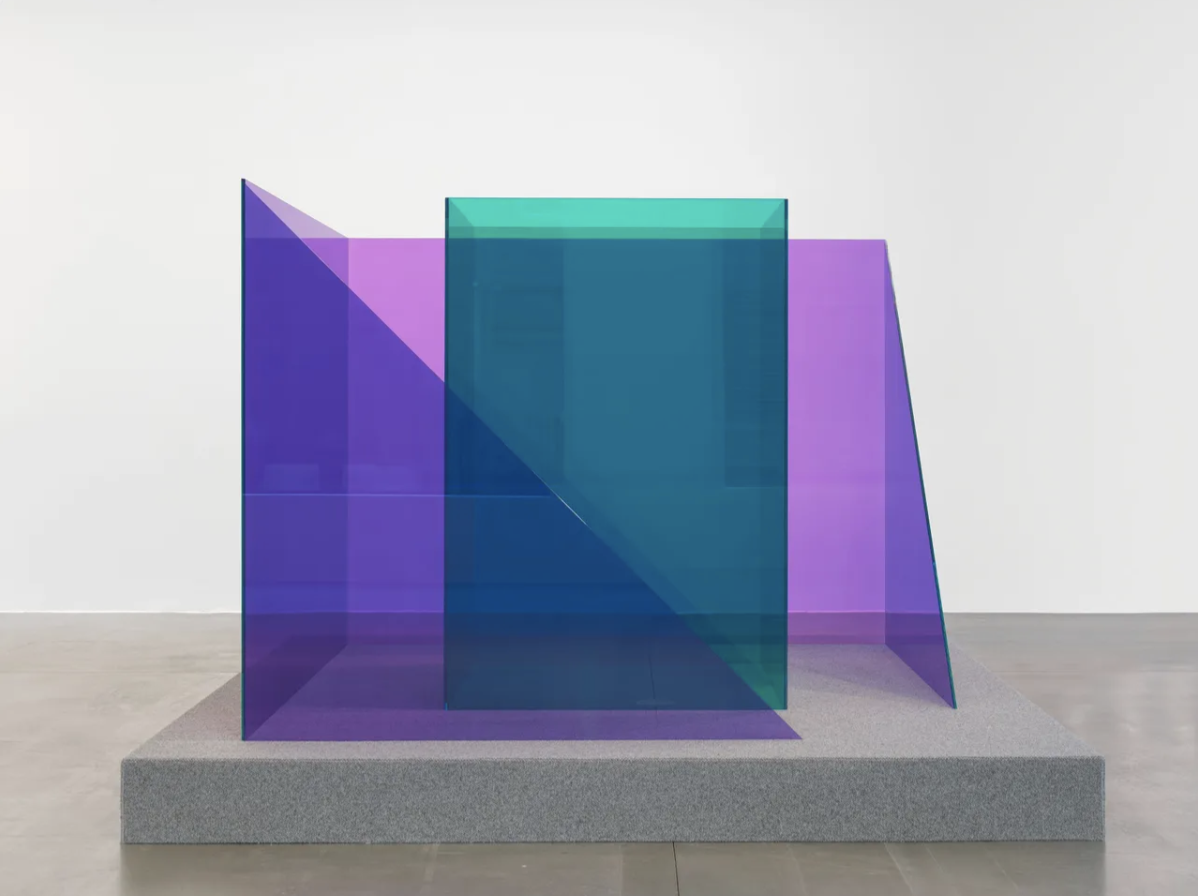 Larry Bell explores the ethereal nature of glass in Monaco
Larry Bell explores the ethereal nature of glass in MonacoLarry Bell's retrospective at Hauser & Wirth, Monaco, unites old and new work
By Finn Blythe
-
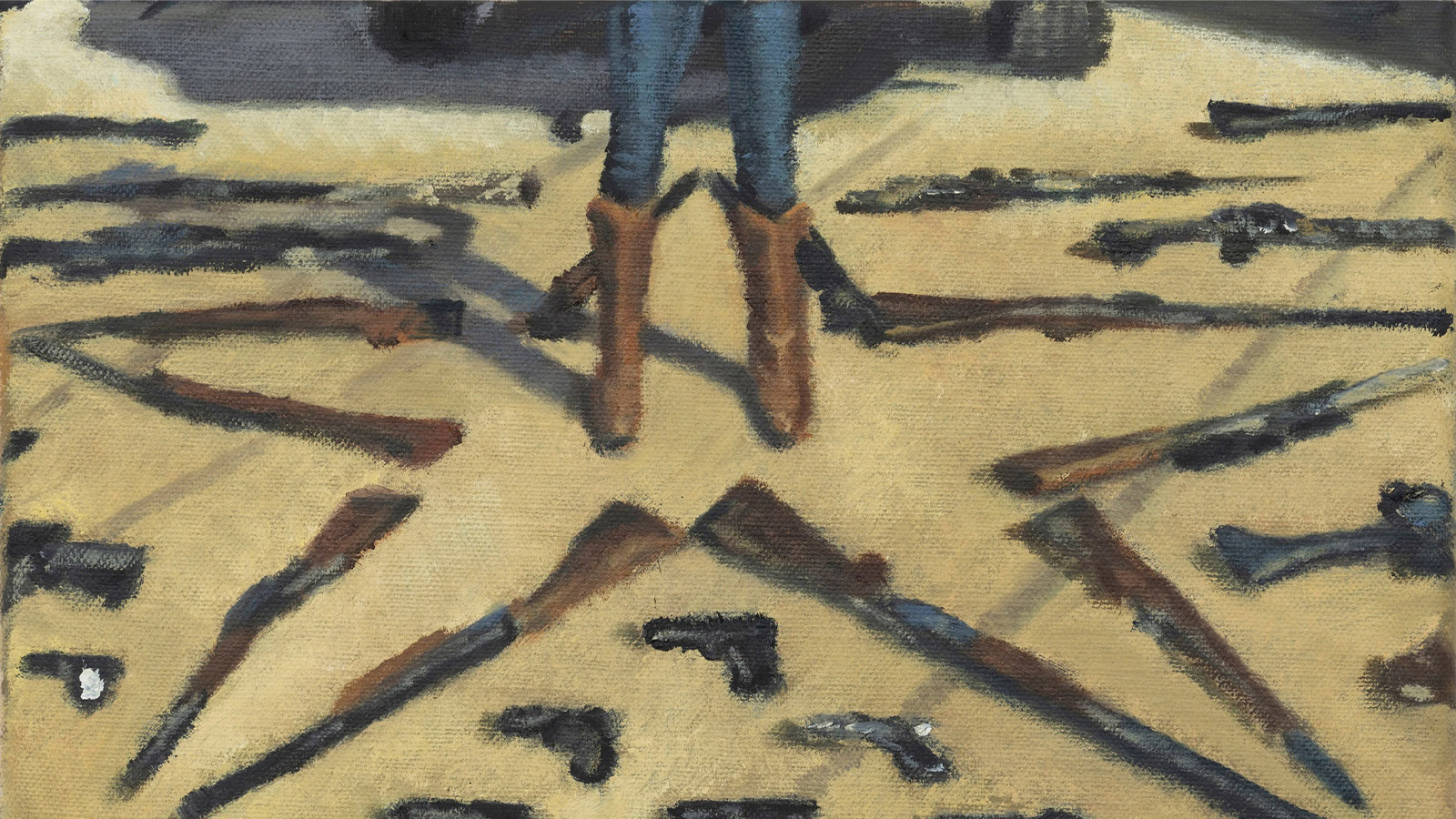 Los Angeles art exhibitions: the best shows to see in April 2025
Los Angeles art exhibitions: the best shows to see in April 2025Read our pick of the best Los Angeles art exhibitions to see this month, from Issy Wood's confession and concealment at Michael Werner Gallery to a Diane Arbus retrospective at David Zwirner
By Carole Dixon
-
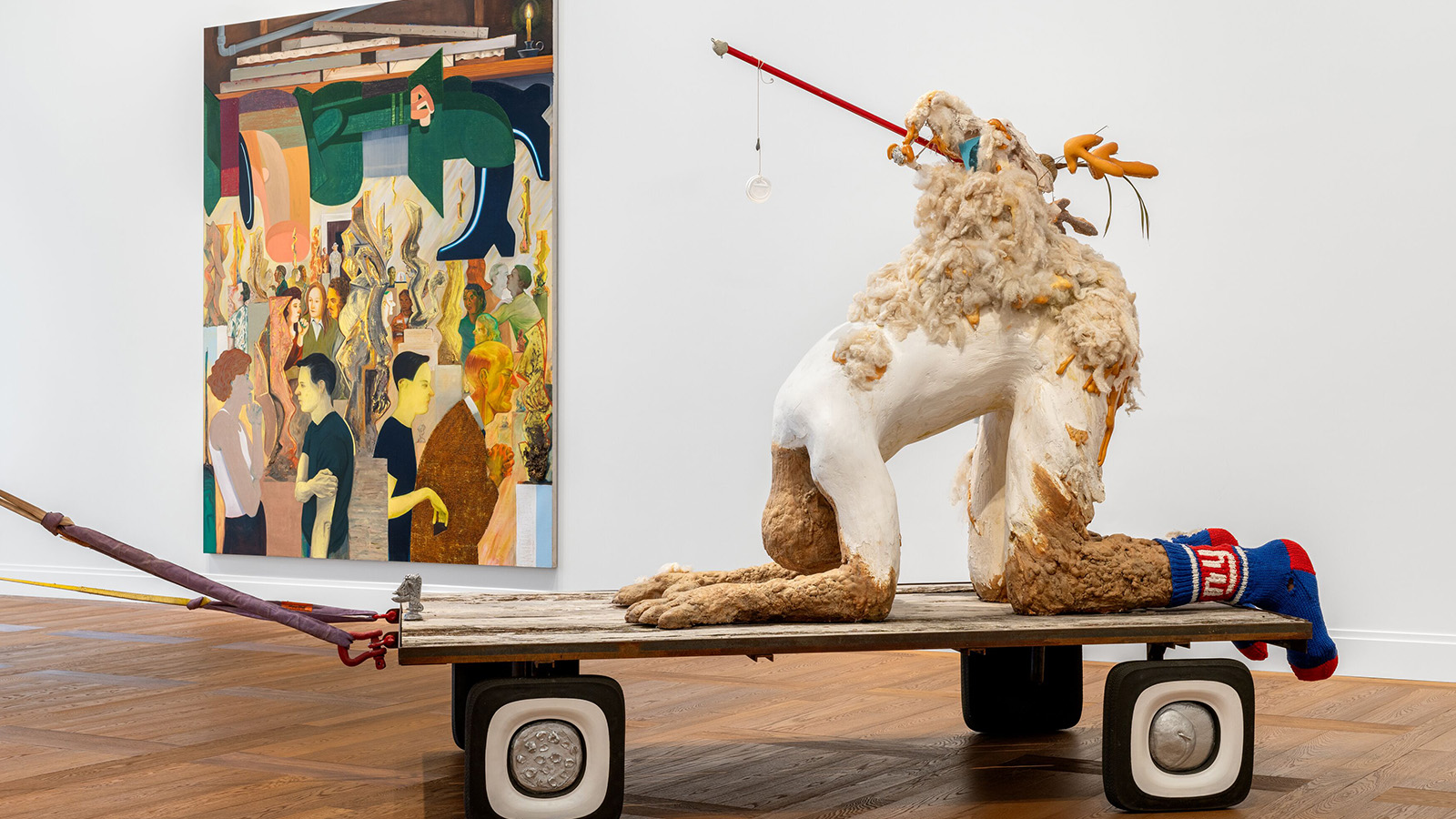 Nicole Eisenman explores the dimensions of sculpture and painting at Hauser & Wirth Paris
Nicole Eisenman explores the dimensions of sculpture and painting at Hauser & Wirth ParisNicole Eisenman presents ‘with, and, of, on Sculpture’, her first retrospective at Hauser & Wirth Paris drawing inspiration from political challengers to ABBA
By Tianna Williams
-
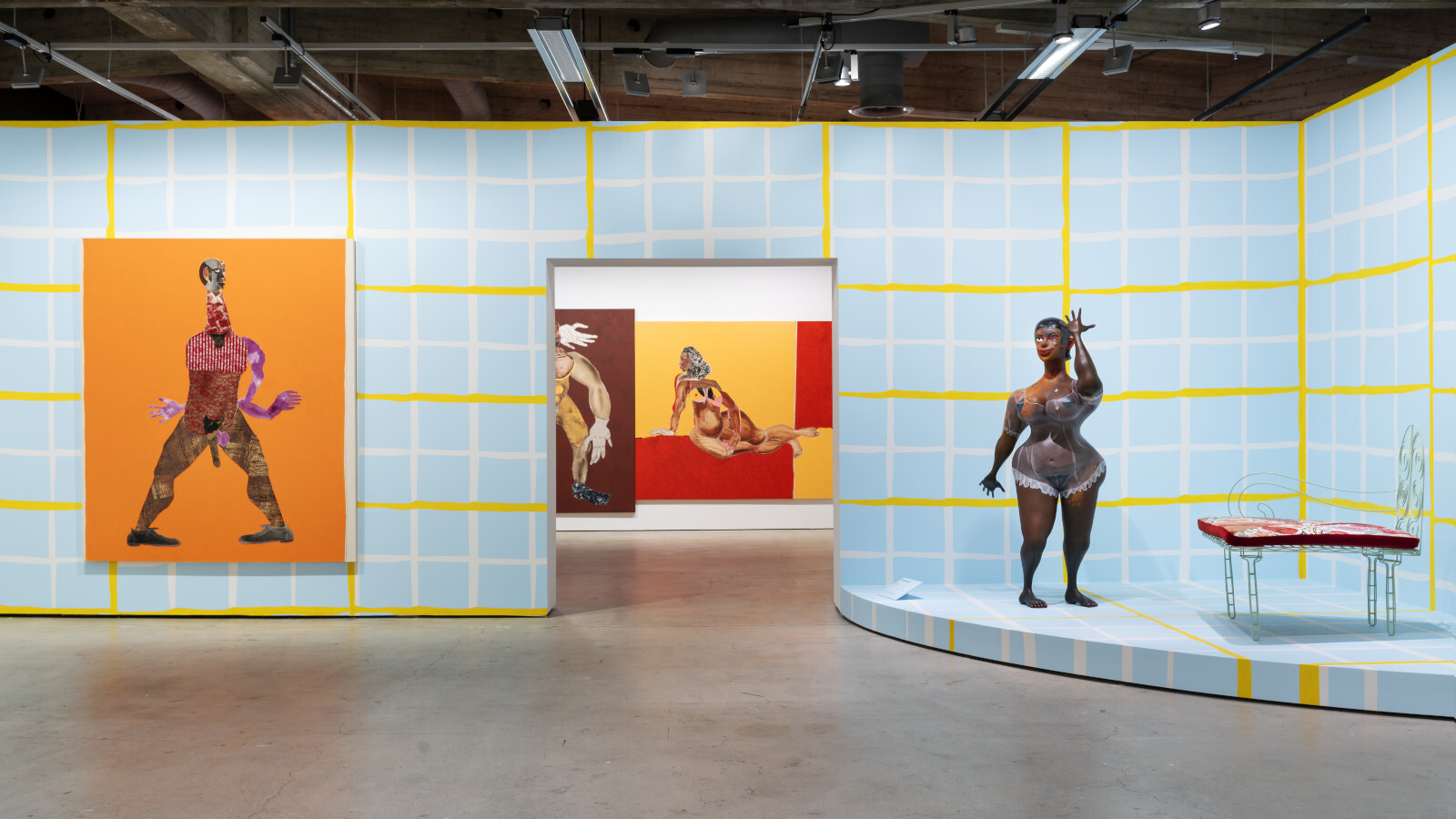 Harlem-born artist Tschabalala Self’s colourful ode to the landscape of her childhood
Harlem-born artist Tschabalala Self’s colourful ode to the landscape of her childhoodTschabalala Self’s new show at Finland's Espoo Museum of Modern Art evokes memories of her upbringing, in vibrant multi-dimensional vignettes
By Millen Brown-Ewens